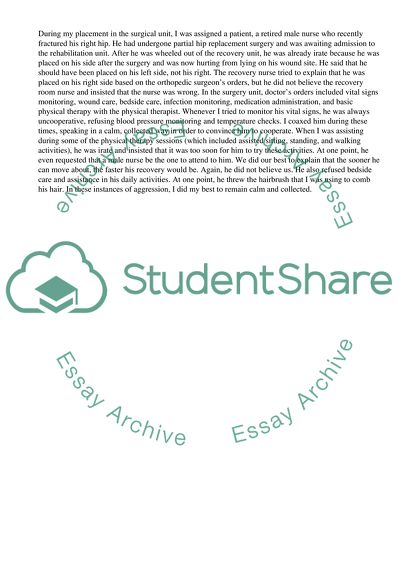Cite this document
(Managing a Challenging Communication Interaction Associated with an Research Paper - 1, n.d.)
Managing a Challenging Communication Interaction Associated with an Research Paper - 1. Retrieved from https://studentshare.org/management/1758592-reflective-paper
Managing a Challenging Communication Interaction Associated with an Research Paper - 1. Retrieved from https://studentshare.org/management/1758592-reflective-paper
(Managing a Challenging Communication Interaction Associated With an Research Paper - 1)
Managing a Challenging Communication Interaction Associated With an Research Paper - 1. https://studentshare.org/management/1758592-reflective-paper.
Managing a Challenging Communication Interaction Associated With an Research Paper - 1. https://studentshare.org/management/1758592-reflective-paper.
“Managing a Challenging Communication Interaction Associated With an Research Paper - 1”, n.d. https://studentshare.org/management/1758592-reflective-paper.


